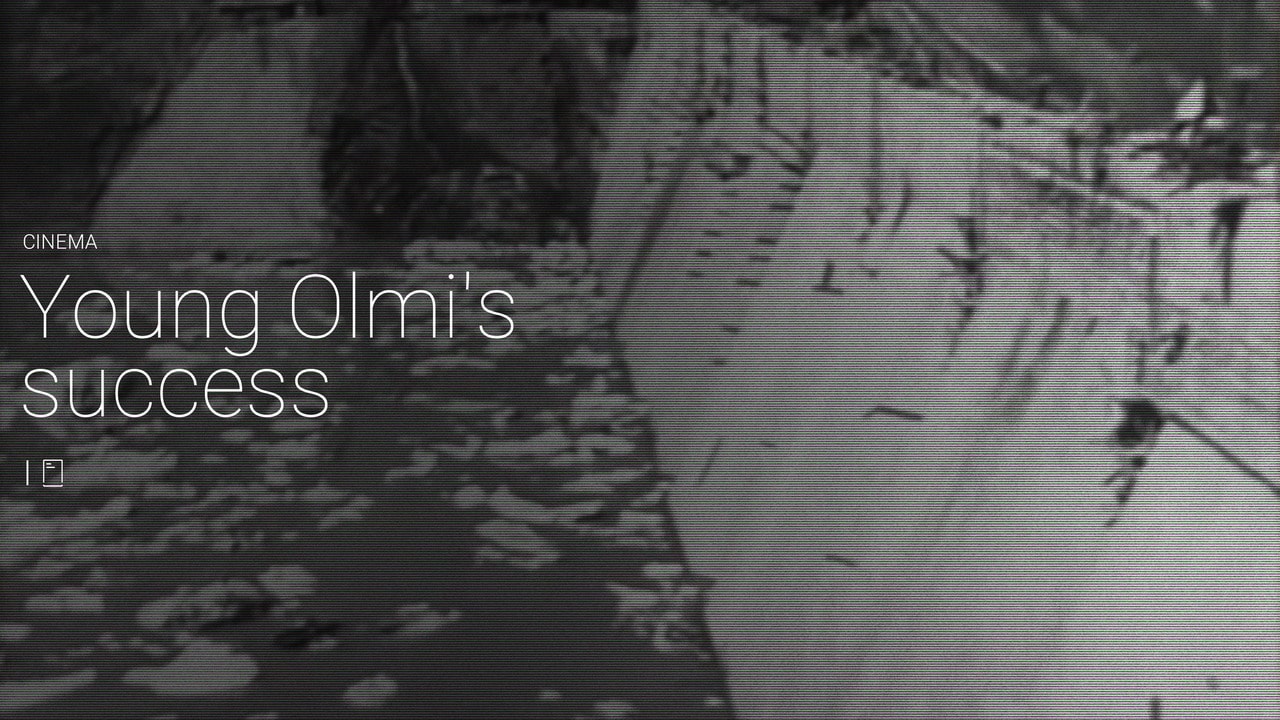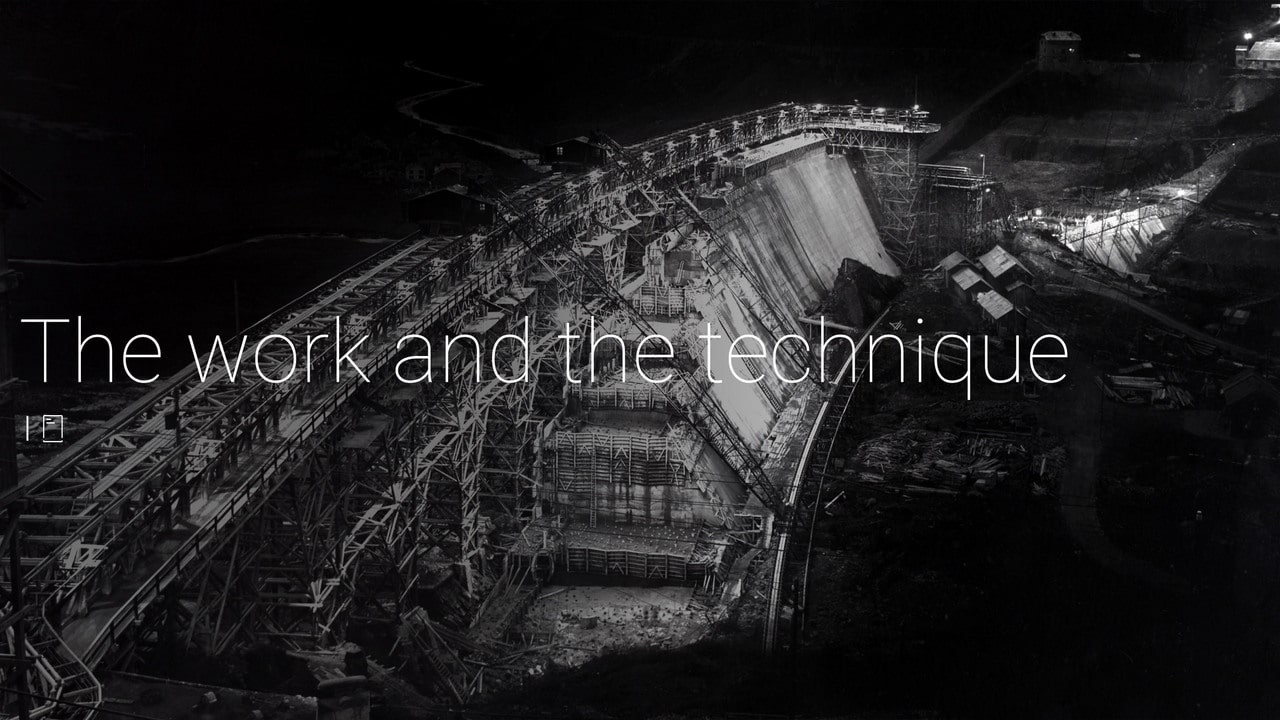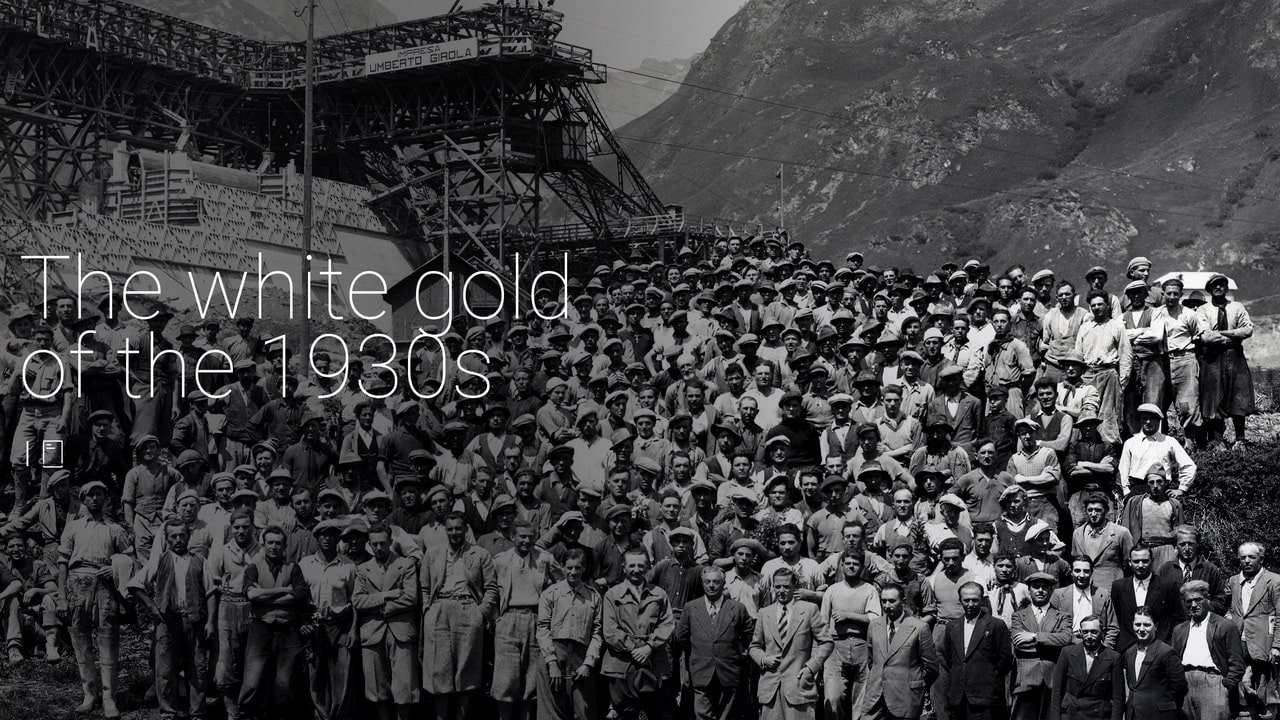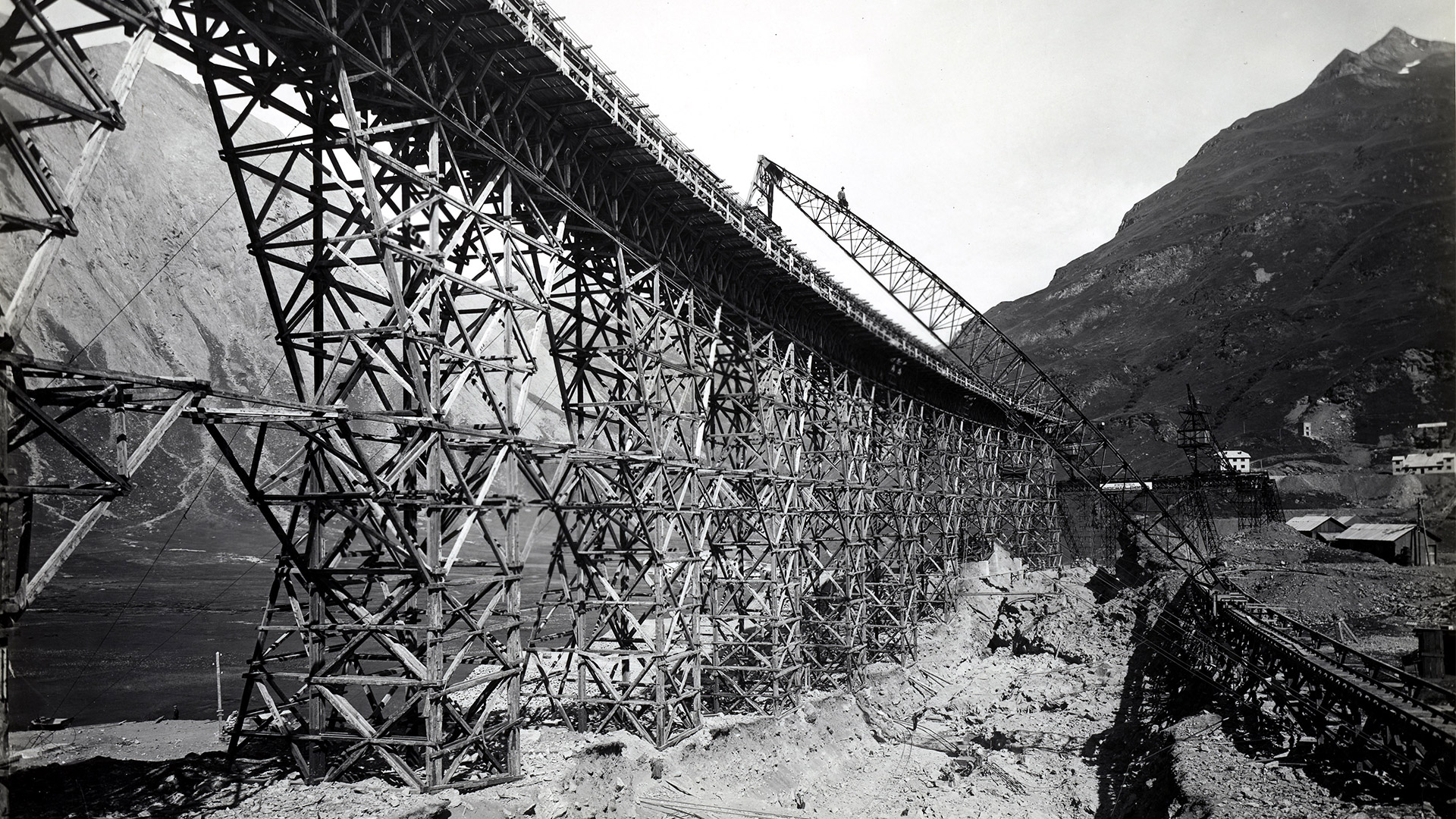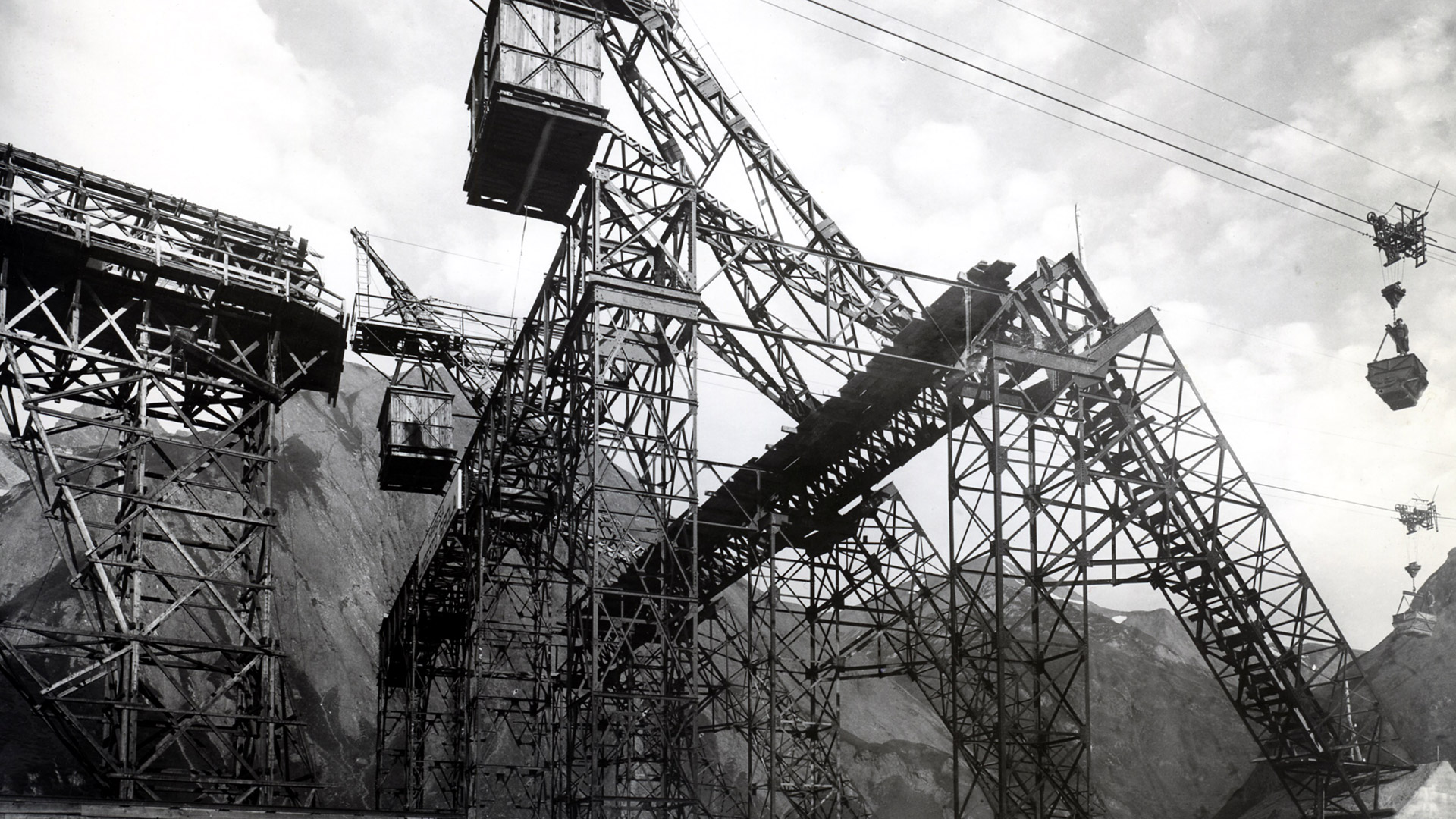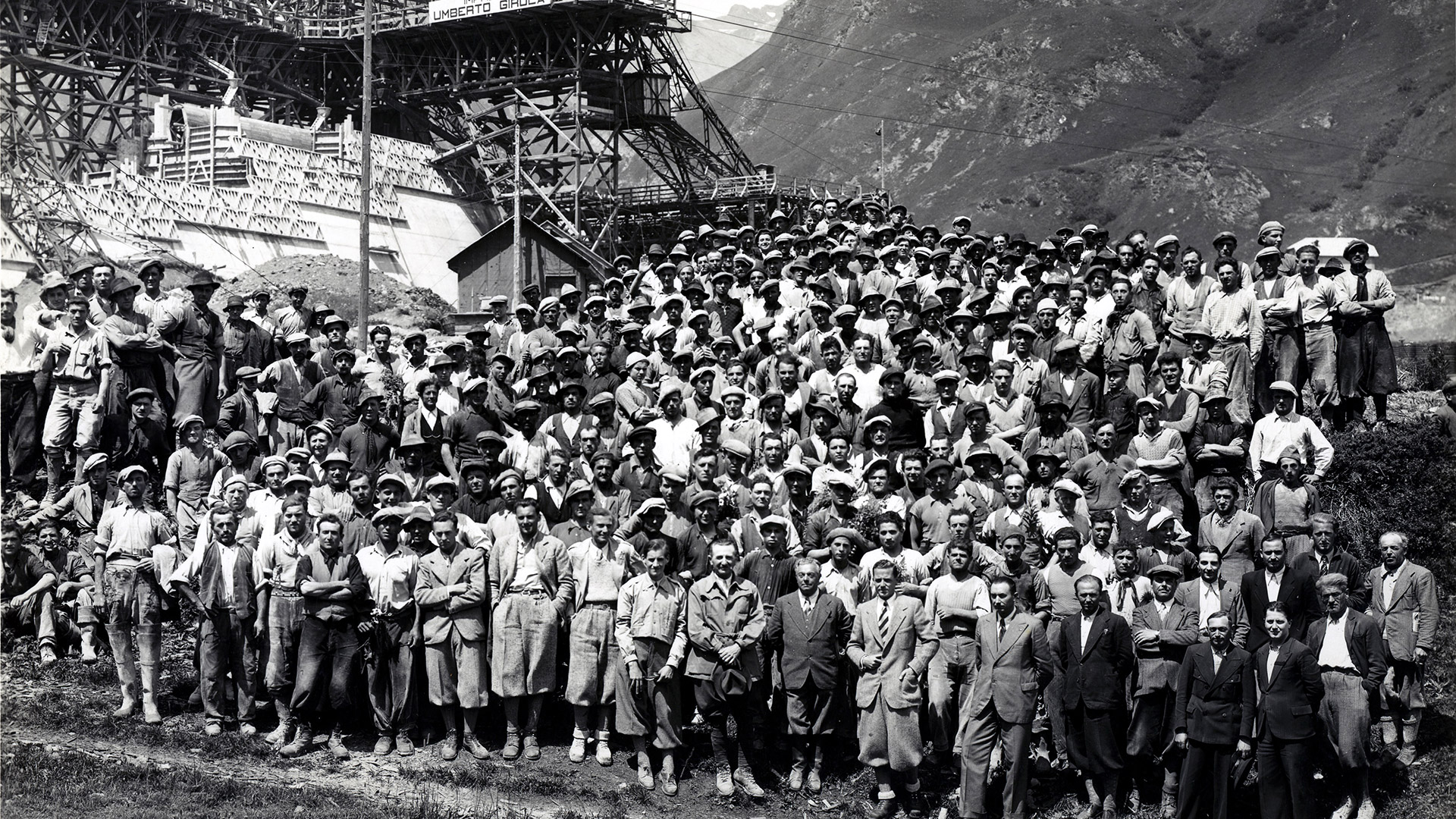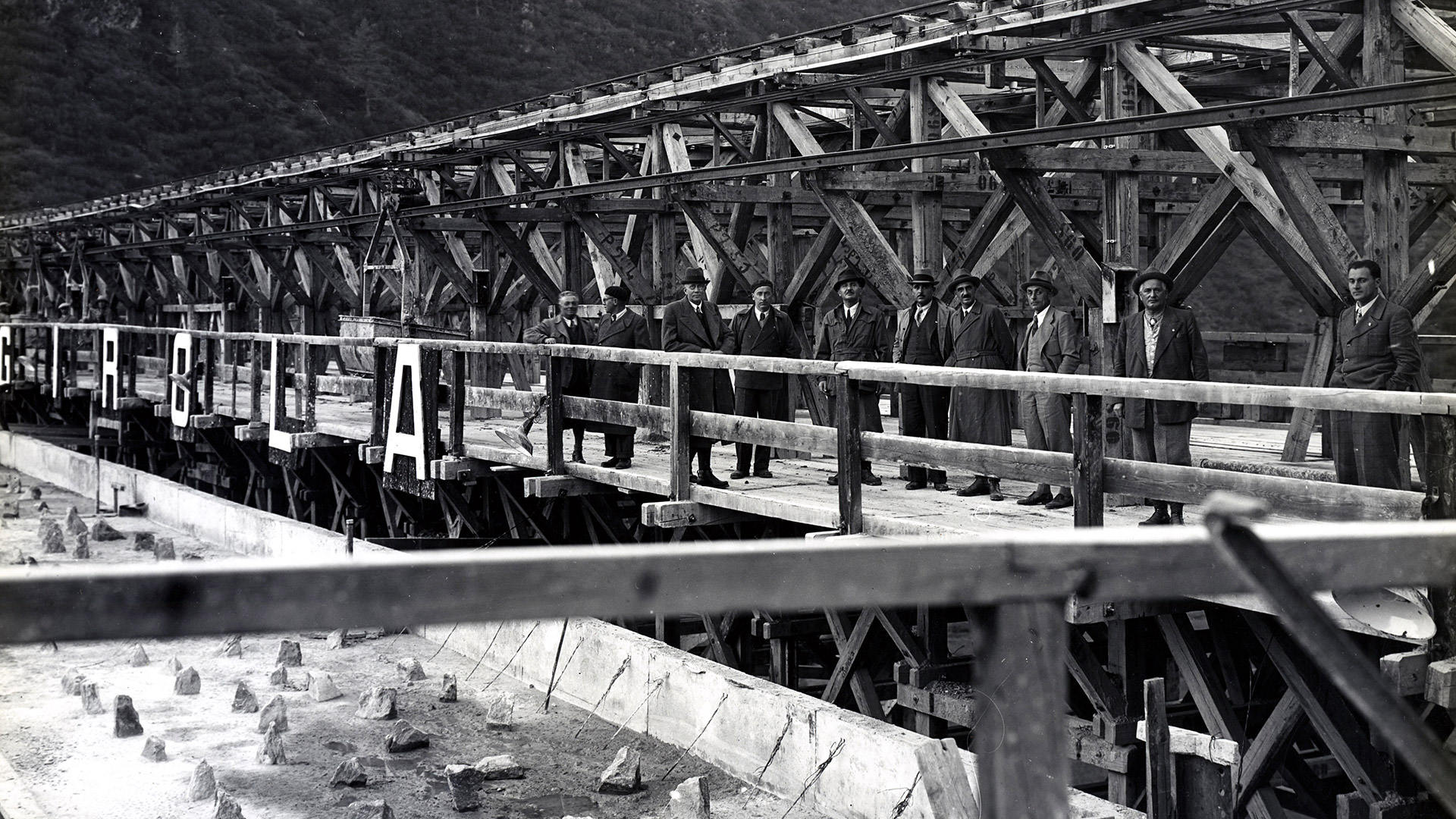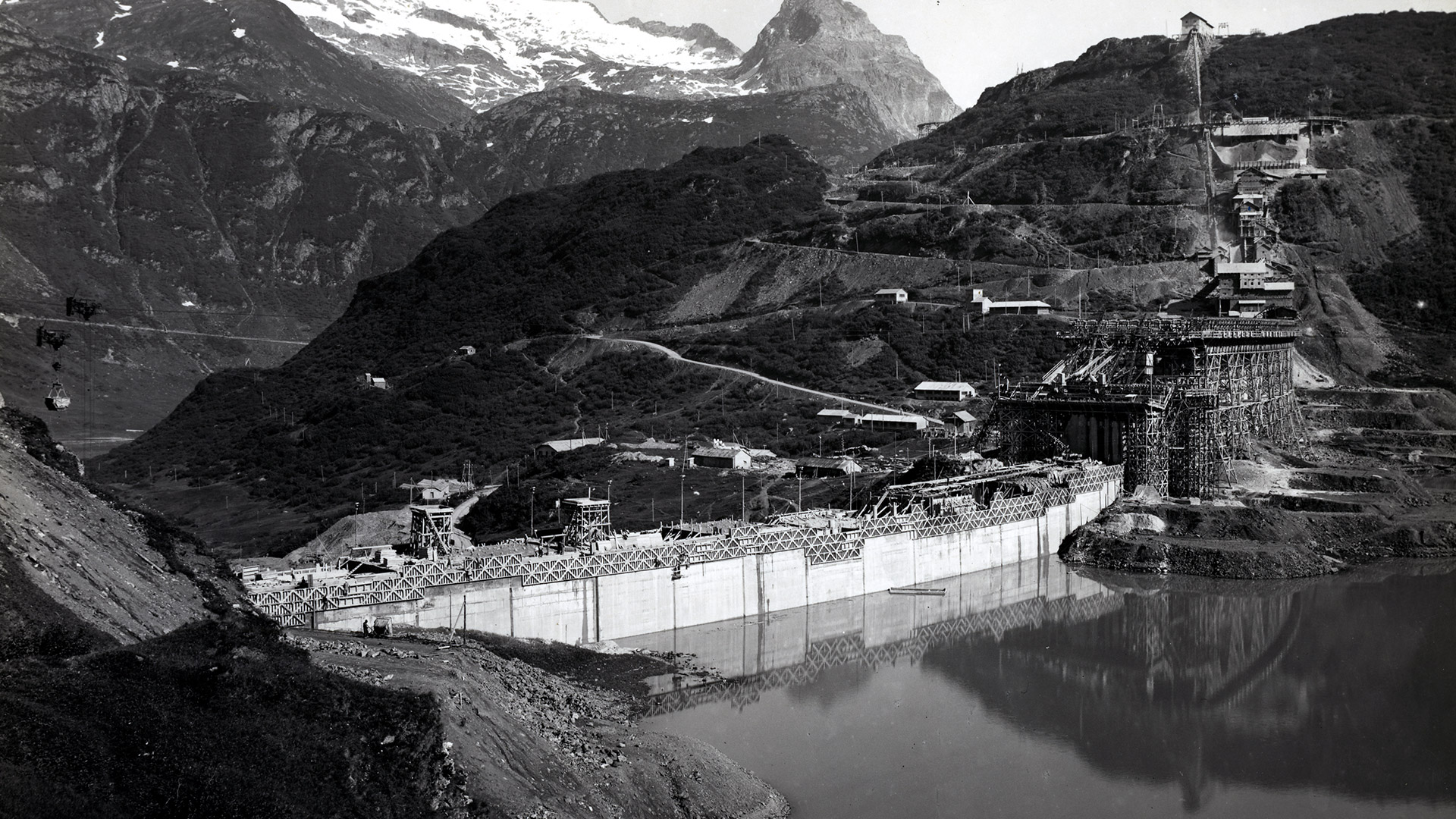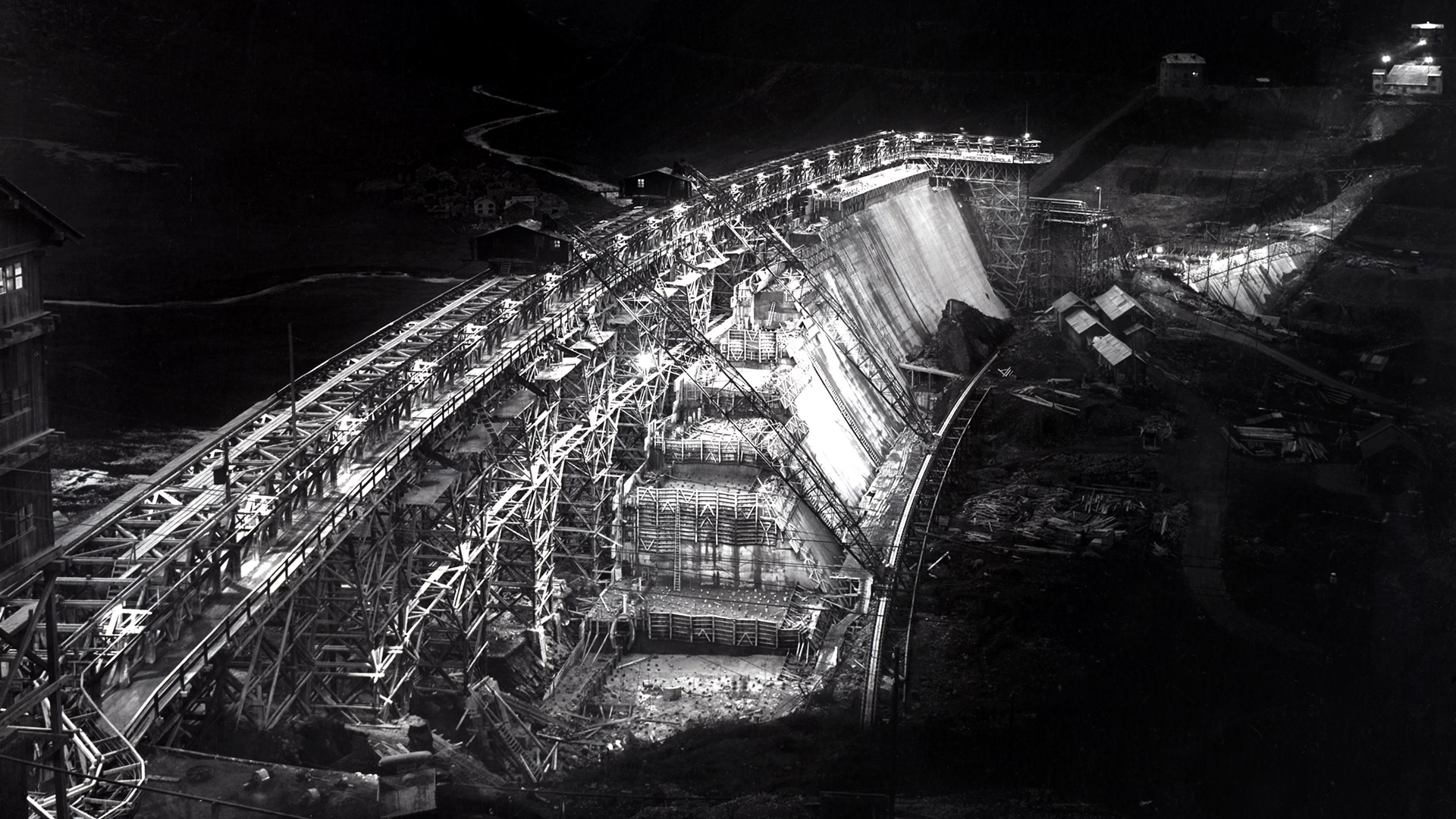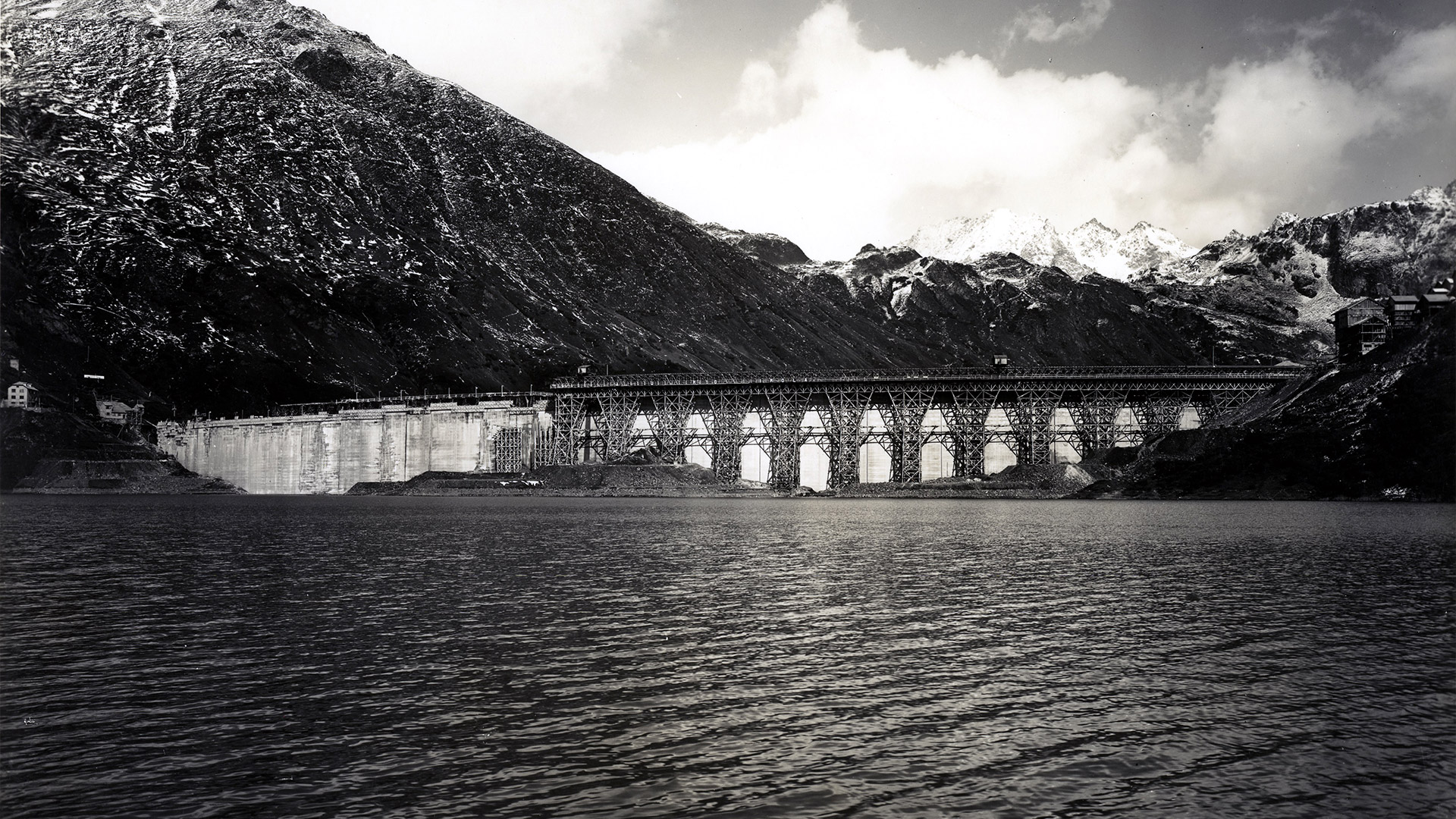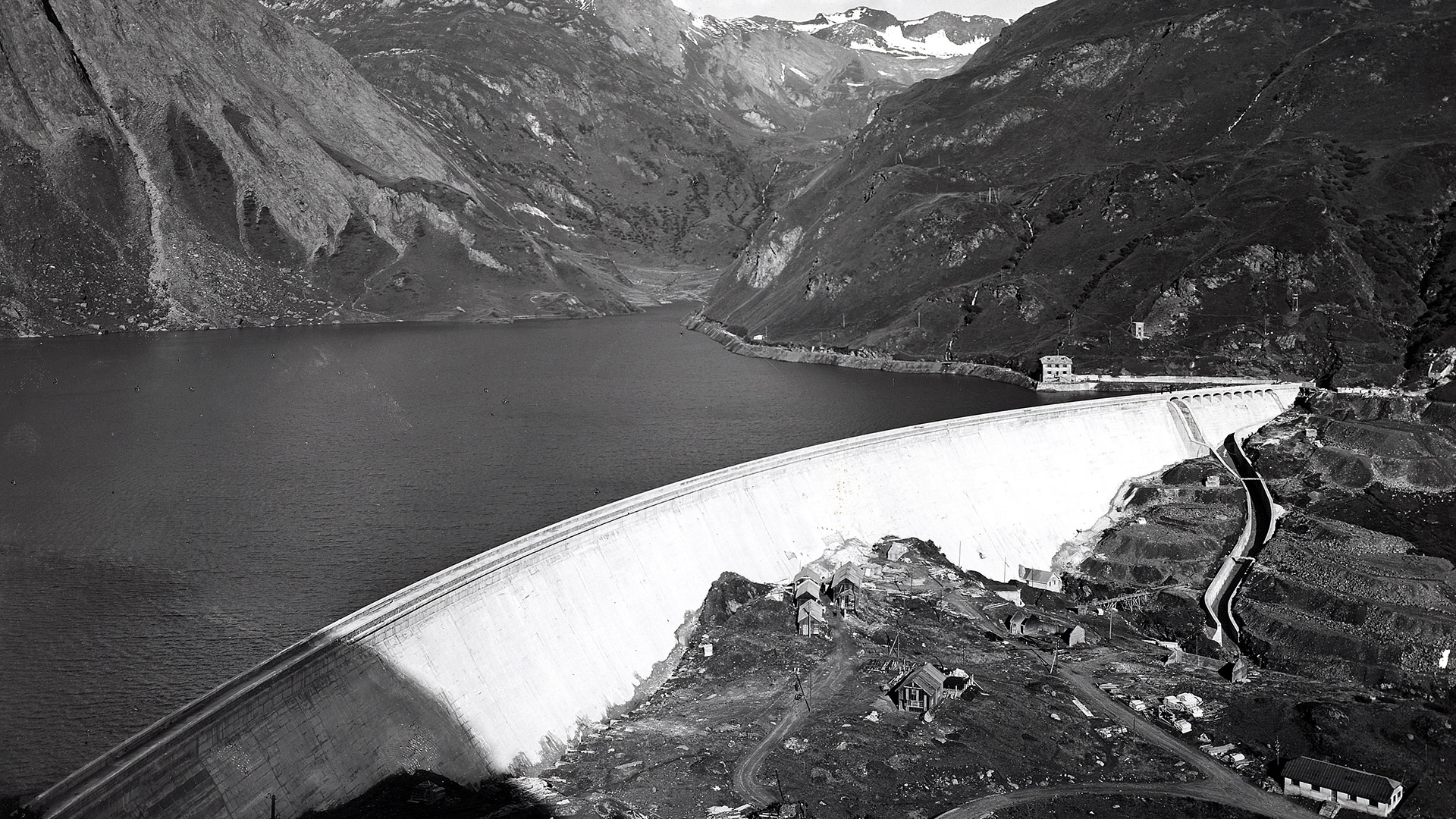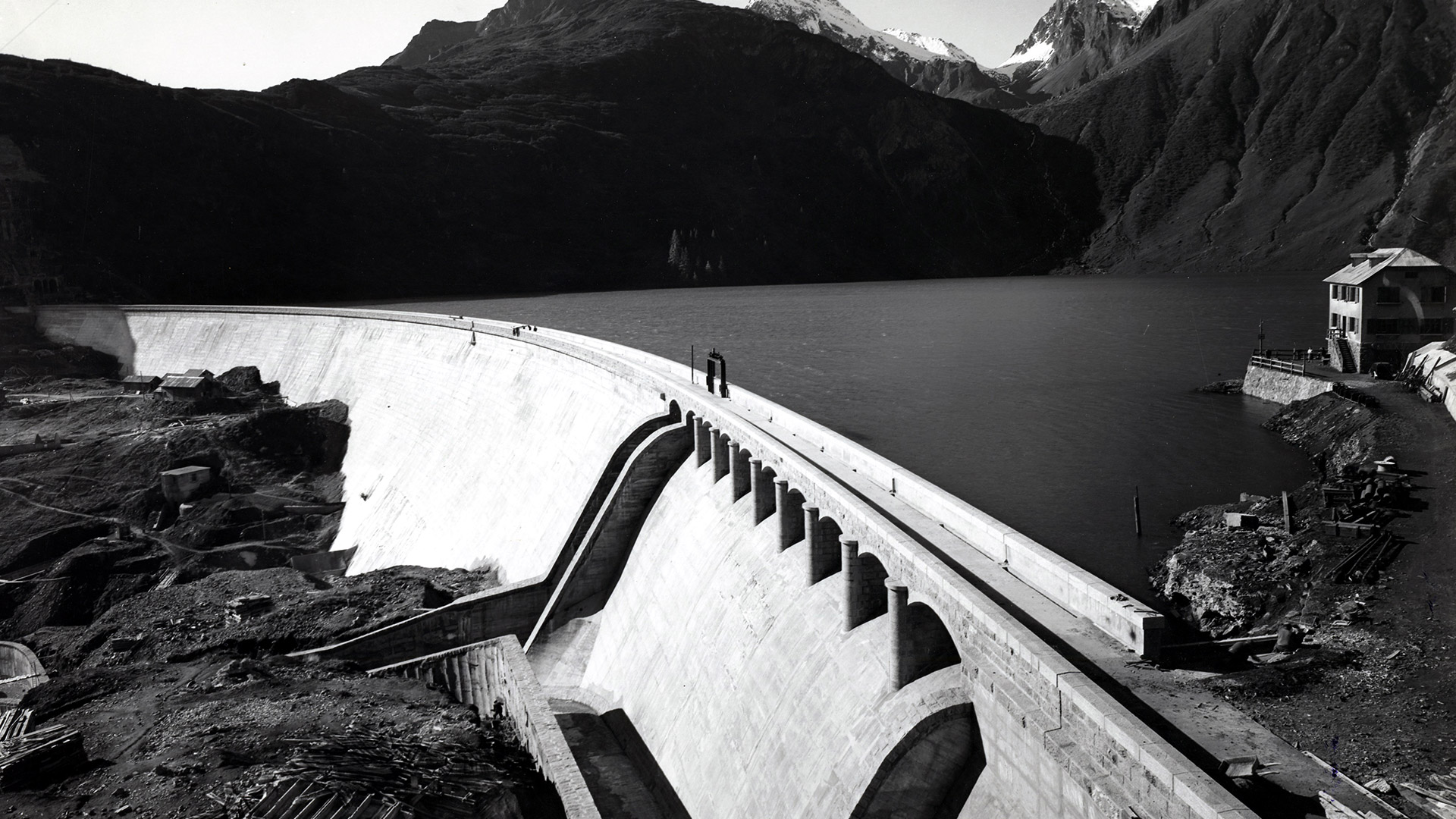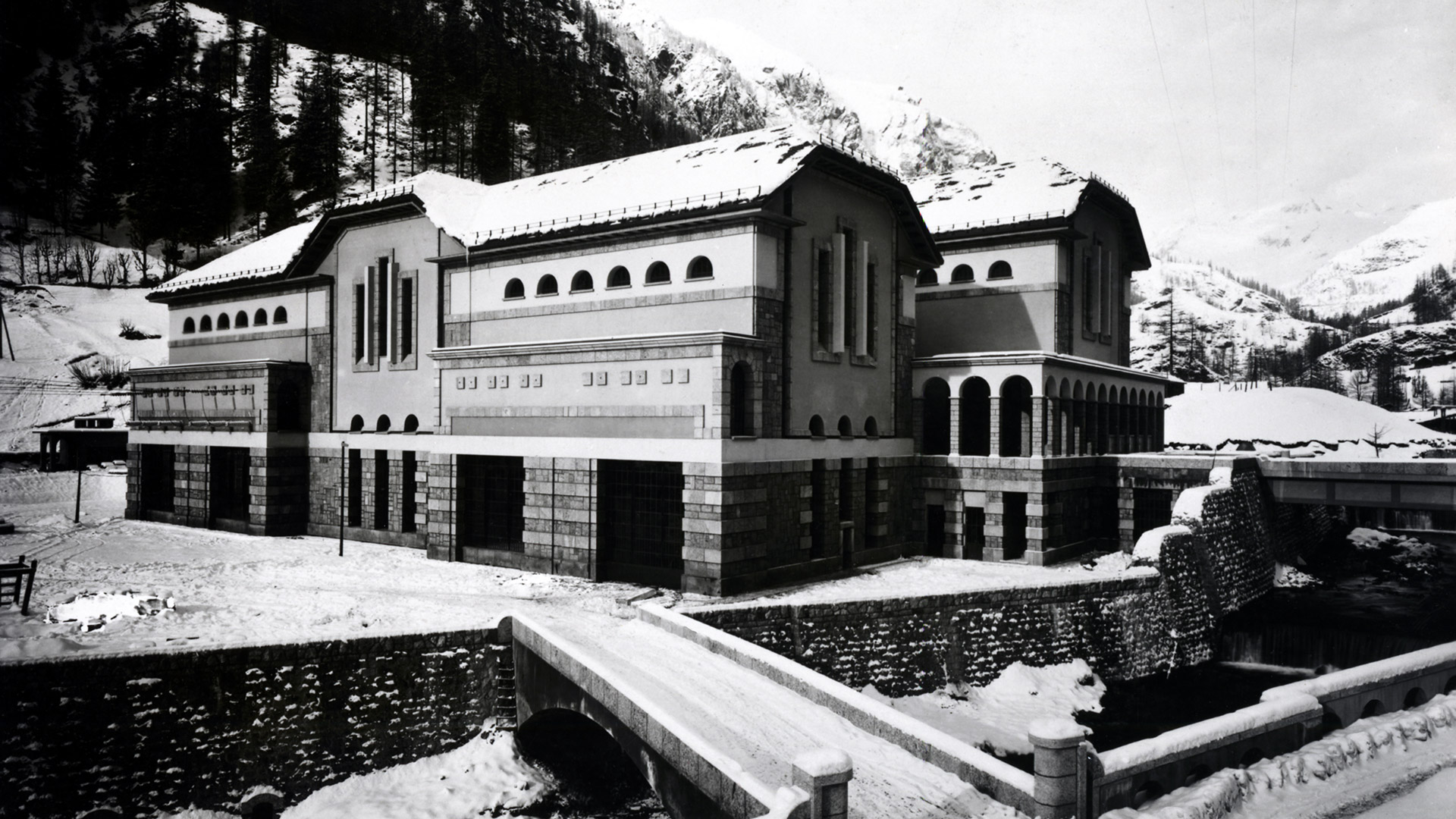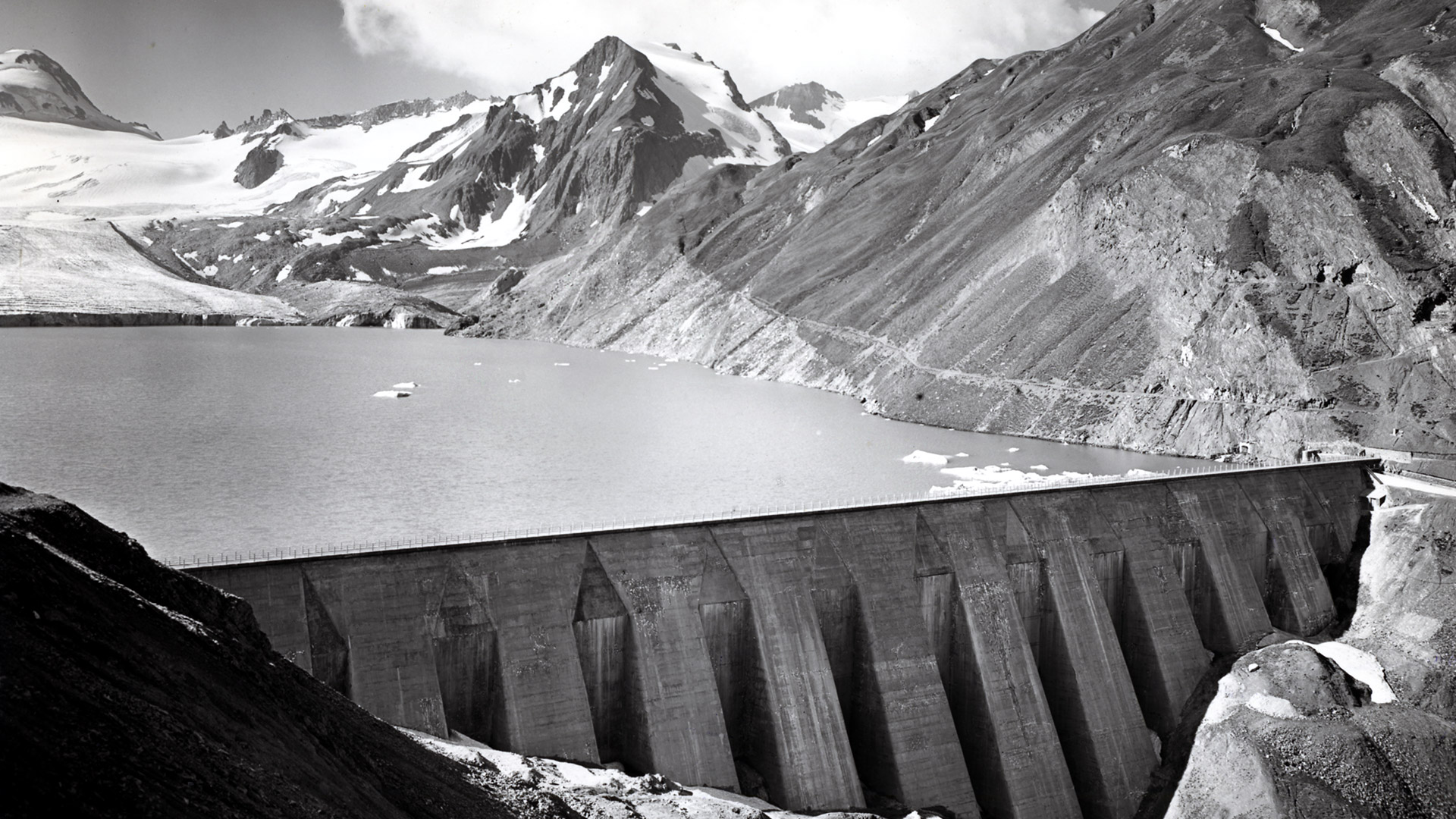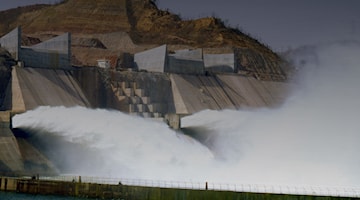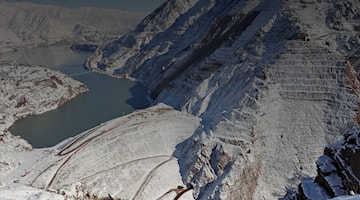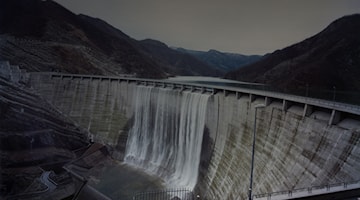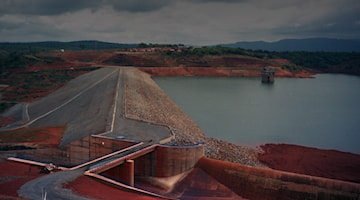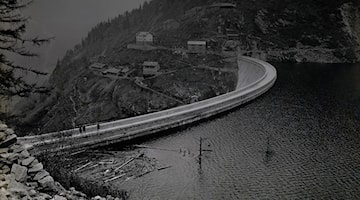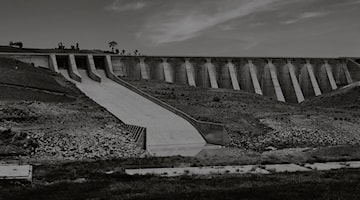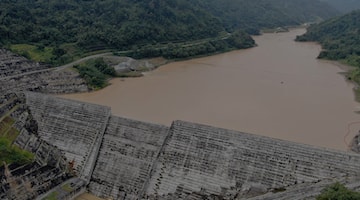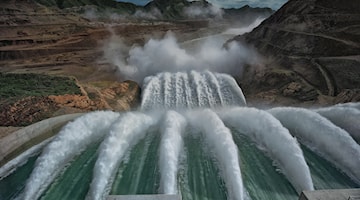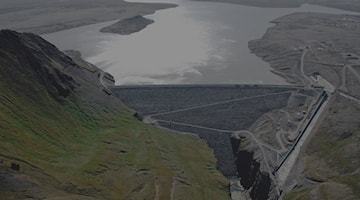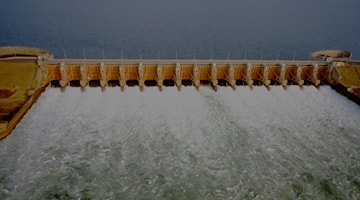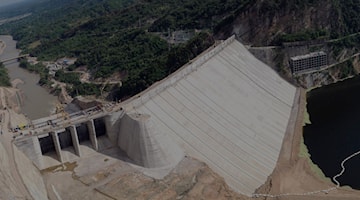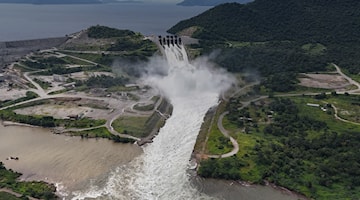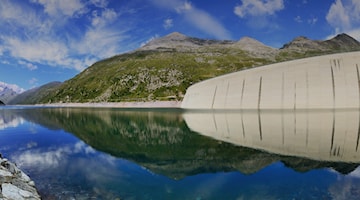A (small) Atlantis
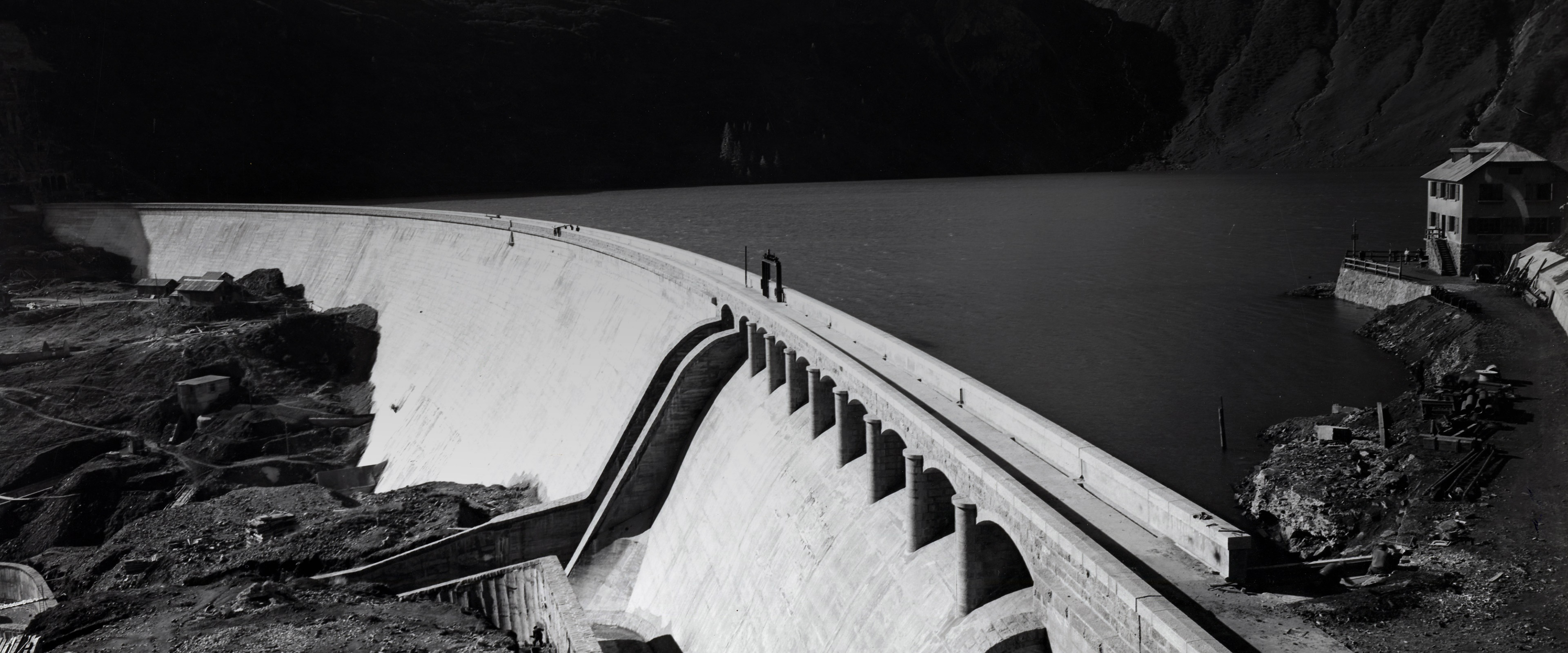
MORASCO DAM, ITALY
Piedmont also has its own little Atlantis. It is in the Ossola Valley area in the Verbano-Cusio-Ossola Province, on the border with Switzerland. More precisely, in Val Formazza. There, at an altitude of about 1,800 meters, until the 1930s, there was the small village of Morasco, whose settlement, dating back to the 13th-15th centuries, is owed to the Waslers, a population of Germanic origin inhabiting the Alpine regions around the Monte Rosa massif.
In the early 1900s, the Ossola Valley experienced a moment of great economic growth, thanks to the development of the hydroelectric industry (aka white gold). Among the dams created from scratch was the one at Morasco, where there was a handful of wooden and stone houses with a church and a bell tower, by that time uninhabited except during the summer season.
And so, the past, whose memory is kept alive by a small oratory in the hillside, gave way to the future: to an infrastructure of arduous construction that would greatly contribute to the industrialization of the valley and all of Italy.
For its construction, that took place in the 1936-40 years, at 1,815 meters of altitude, work could only be carried out for 4 months in the whole year, when frost and snow made it possible to climb to higher altitudes, via the new specially built roads, reaching the warehouses and village, also built from scratch just for the 1,200 workers working day and night on the project.
A railway line allowed them to draw gravel, sand, and stones extracted from a quarry 3 km away. Instead, trolleys, cranes and cable cars allowed cement and concrete to be transported to the site.
The dam, made of concrete, is 50 meters high, with a reservoir of 19,380,000 cubic meters (119,000 cubic meters of rock and earth were excavated to make it), has a discharge capacity of 269 cubic meters per second and a radius of curvature of 556 meters.
The Morasco dam, together with the Toggia dam, by means of a 5-km-long tunnel crossed by three tunnels and 2 drainage shafts supplies the Ponte power plant (built in 1929-32). Instead, in 1957, the Morasco hydroelectric power plant was inaugurated, but it uses water from the Sabbione artificial reservoir (with 26,000,000 cubic meters of capacity).
The Morasco Dam and the Formazza Valley are a popular destination for mountaineers and trekkers, who tackle green trails during summer and snowshoe ones during winter - an increasingly popular fashion whose origins are lost in the mists of time.
In fact, the first snowshoes date back over 8,000 years. They were used by peoples of the cold areas of Asia, Canada, and North America. Back then, the Earth was not like it is today, but a bit colder: it was the end of the last ice age, which began about 110,000 years ago, with Europe and Eurasia under a large blanket of ice.
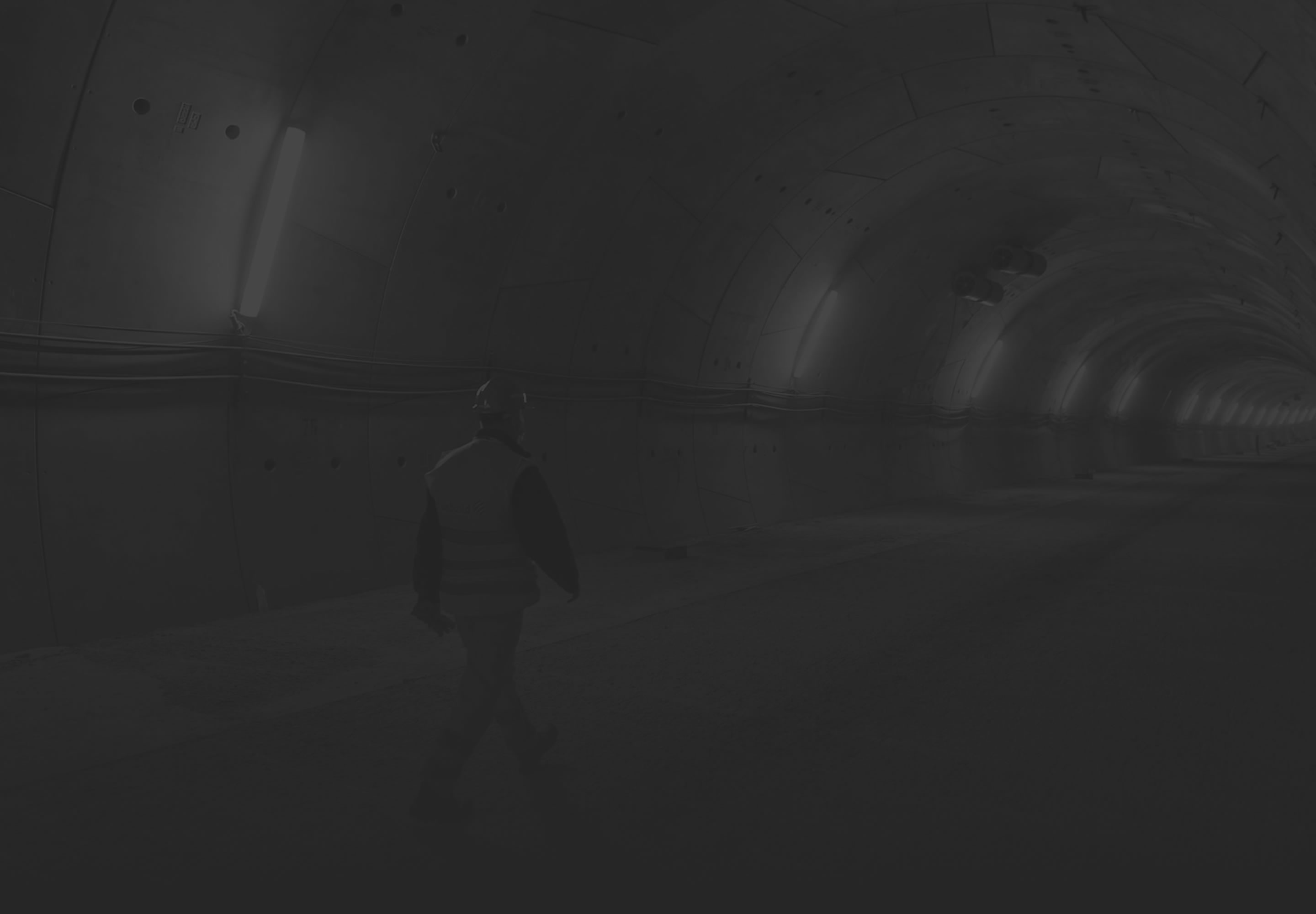
THE WORK AND THE TECNIQUE
METERS HEIGHT OF THE BARRAGE
M³ RESERVOIR VOLUME
M³/SEC DISCHARGE CAPACITY
METERS RADIUS OF CURVATURE
PEOPLE INVOLVED
Volta S.p.A. (Edison Group)
Girola which merged with the Webuild Group.
Works to build the Morasco Dam were entrusted to the Girola company, which merged with the Webuild Group.

CULTURAL INSIGHTS

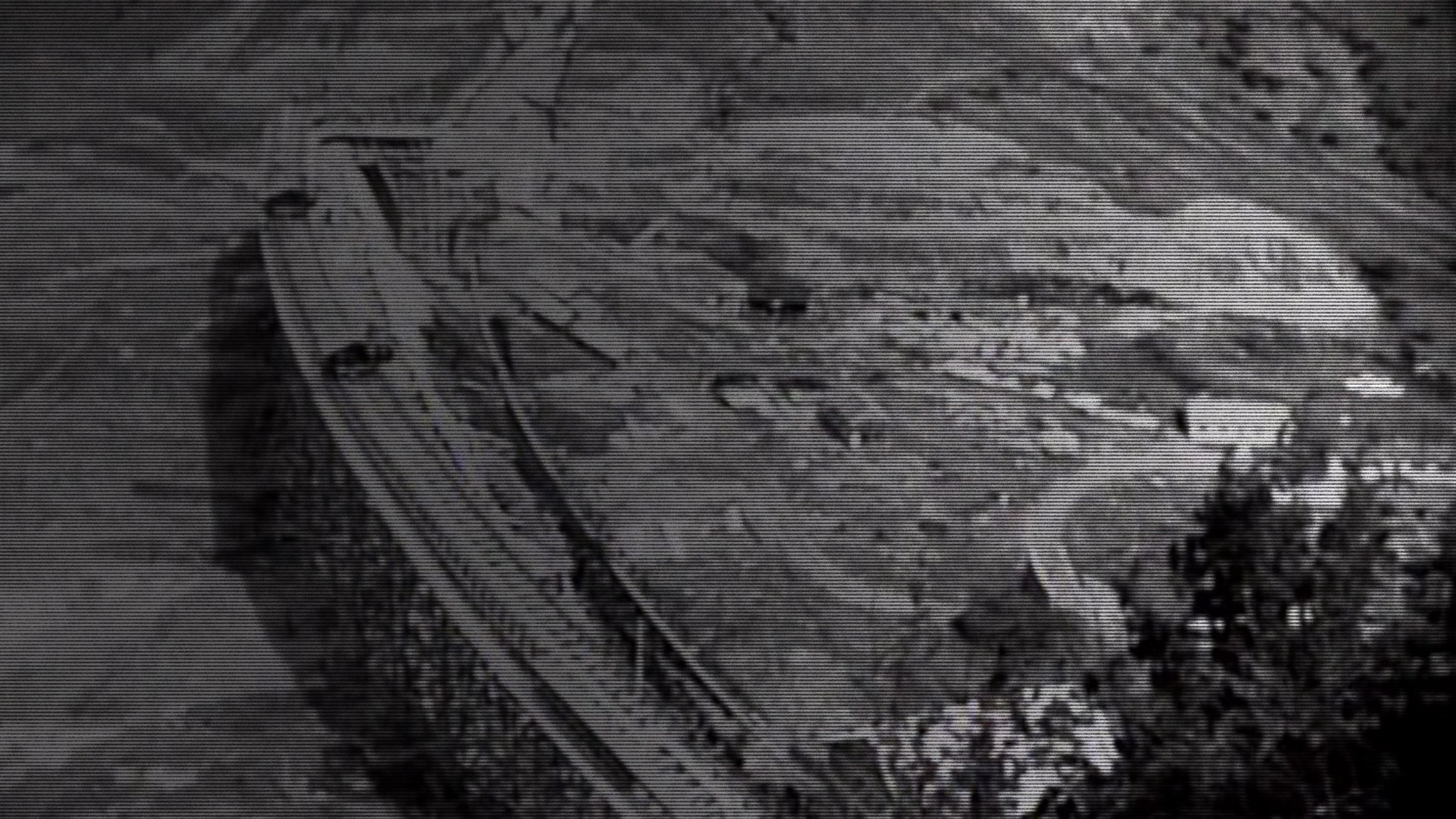
Una grande realizzazione idroelettrica
in Val Formazza:
Diga di Morasco
(Istituto Nazionale Luce, 1935-1936)
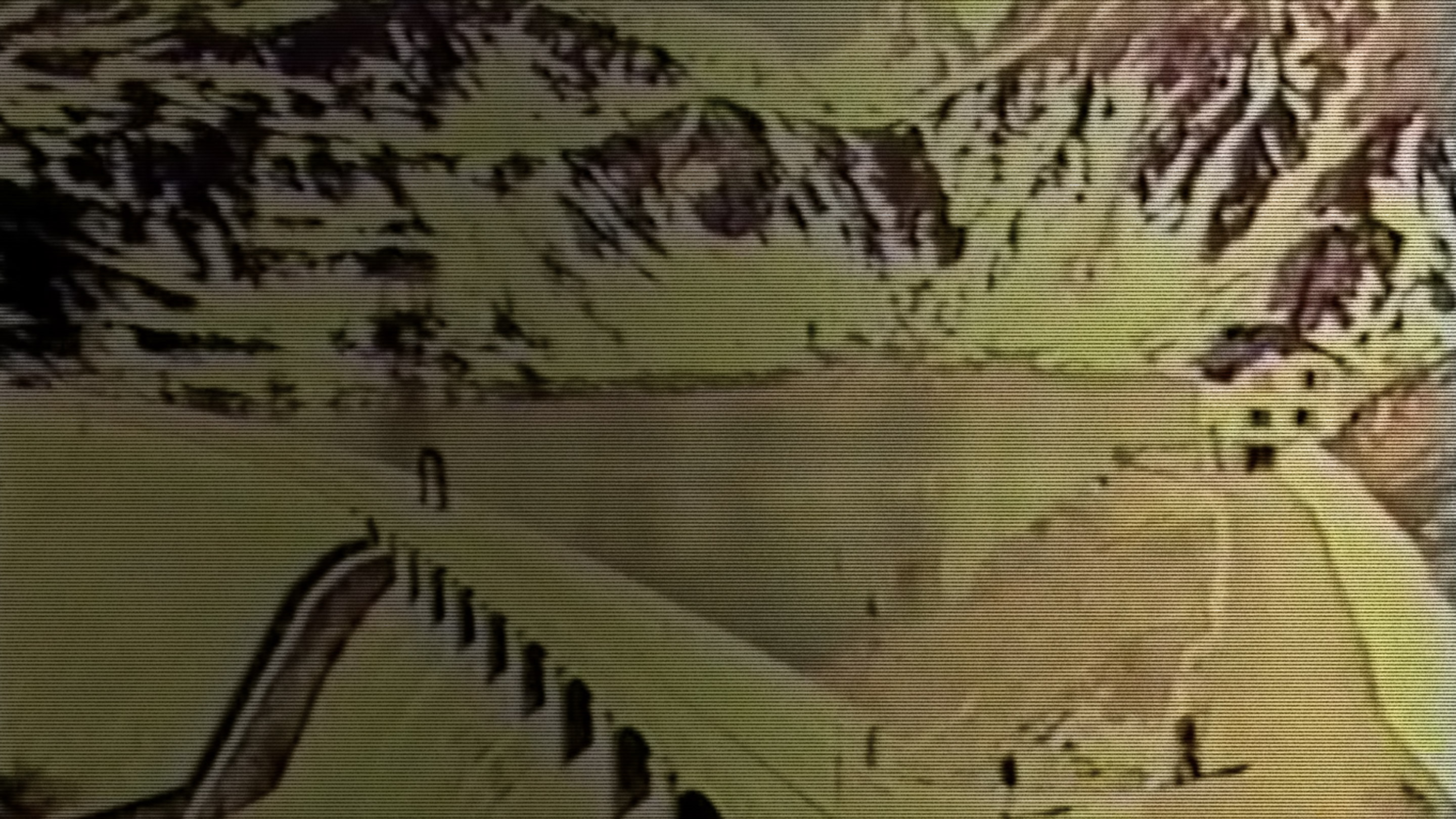
Marinai d'alta montagna
(Gip Tortorella, 1952)
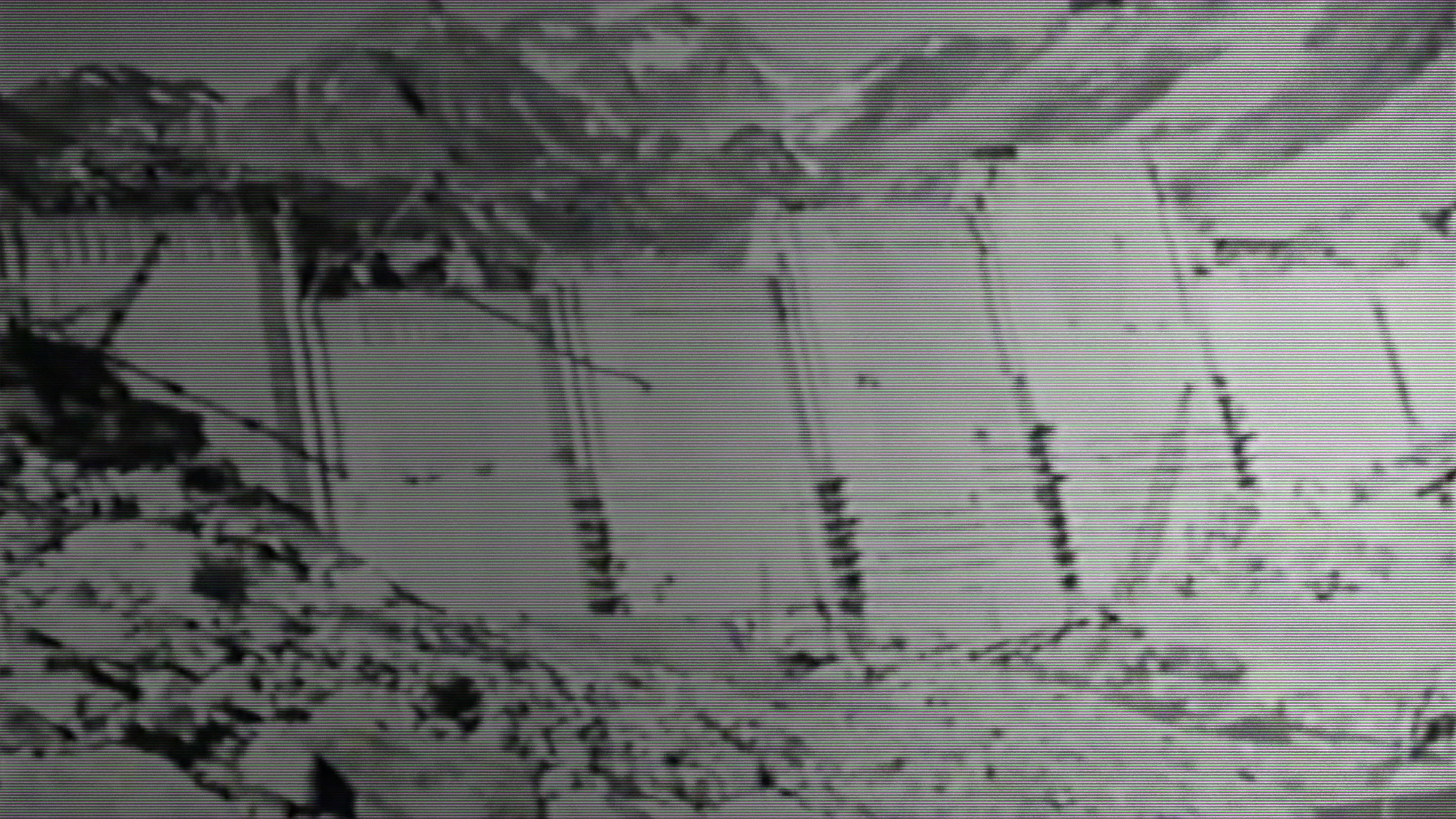
Toce 28
(Guido Guerrasio, 1954)

The white gold of the 1930s
The Morasco Dam is among major infrastructures built in the 1930s to support Italian industrialization in the golden age of hydroelectricity.
The two decades after the end of the first world war, represented a period of important growth for Italy (with some setbacks coinciding with the crisis of '29 and the crisis caused by the international sanctions imposed on Italy after the invasion of Ethiopia), which was sustained by a wide-ranging industrial plan that was also strongly supported by private entities.
In Lombardy, Edison operated as a key driver of northern energy development, which in the two decades was spurred by the dizzying growth in industrial and domestic electricity consumption and the electrification of rail and streetcar transportation.
It is no coincidence that hydroelectric power generation in the years the dam was built increased from 13,261 GWh (generated in 1936) to 19,270 (in 1941), with per capita consumption rising from 268 to 391 kWh in the same five-year period.
The area where the Morasco dam was built, was among the most anthropized in the Alps. Between the 30s and 60s, six dams and as many reservoirs were built there (Morasco, Sabbioni, Vannino, Toggia, Codelago and Busin), as well as an incredible amount of underground conduits that from the glacier tops of the Lepontine Alps connect groundwater to the reservoirs and 28 power plants along the Toce River basin.
Such interventions favoured the containment of traditional seasonal migration (Europe's most famous chimney sweepers came from the neighboring Vigezzo Valley) and the subsequent industrialization of the Ossola area.
The dam’s construction submerged the village of Morasco, which was uninhabited in the winter months and populated in the summer ones, when some ranchers moved to the high-altitude pastures.
To remember the buried village, and commemorate the workers who lost their lives working at the project, the Edison company erected a small oratory on a hill overlooking it.
You could also be interested in






